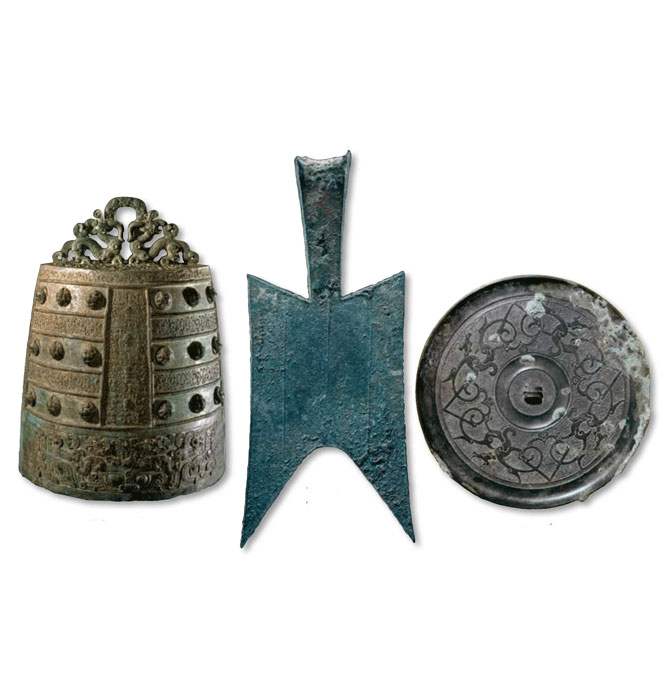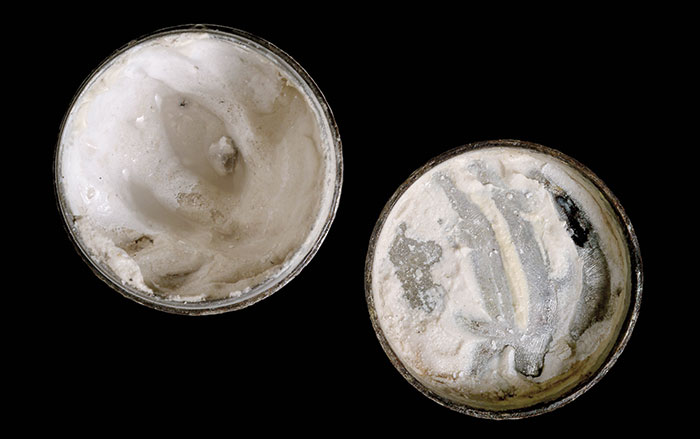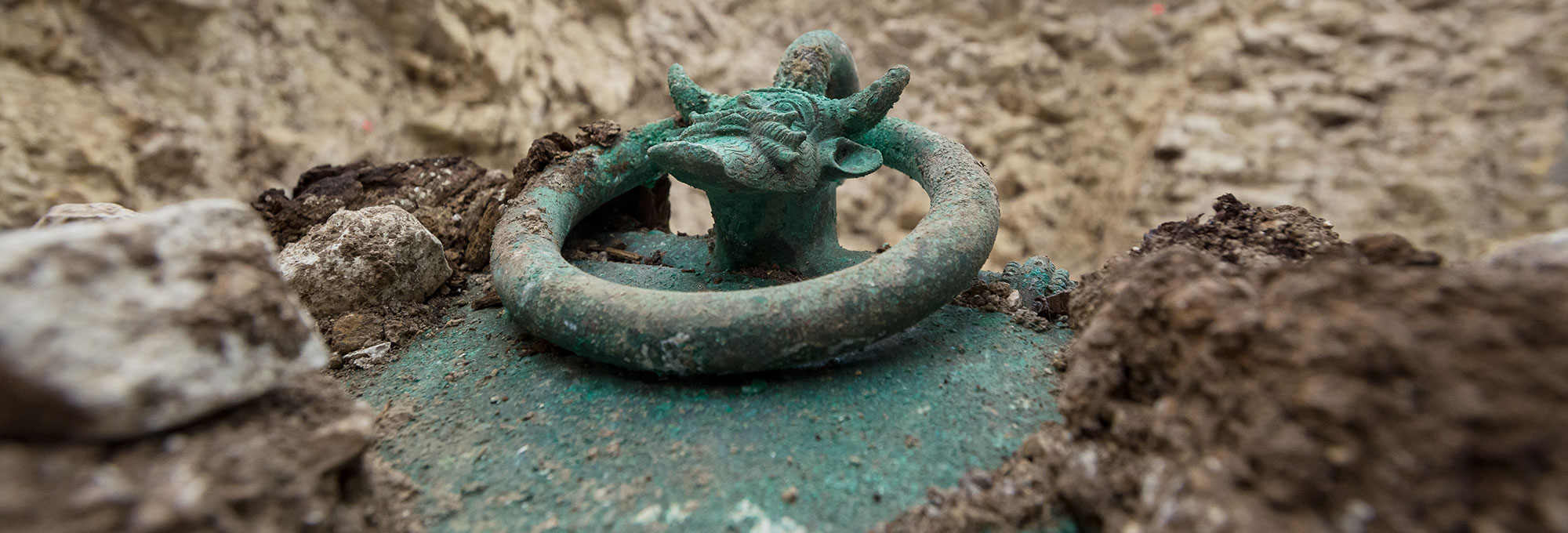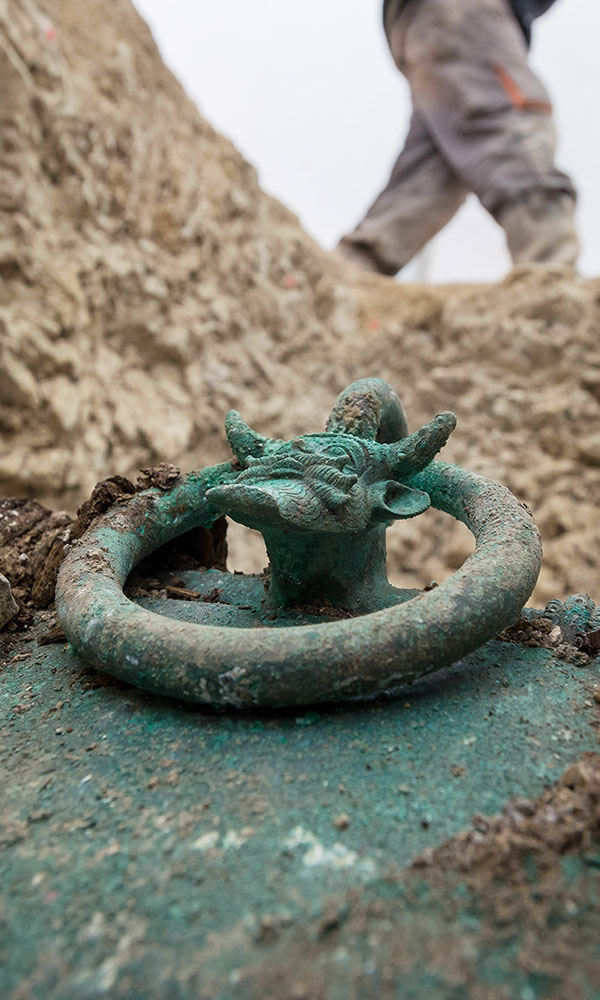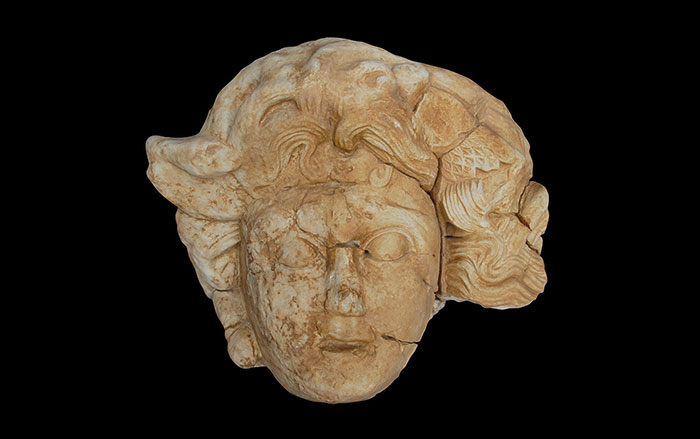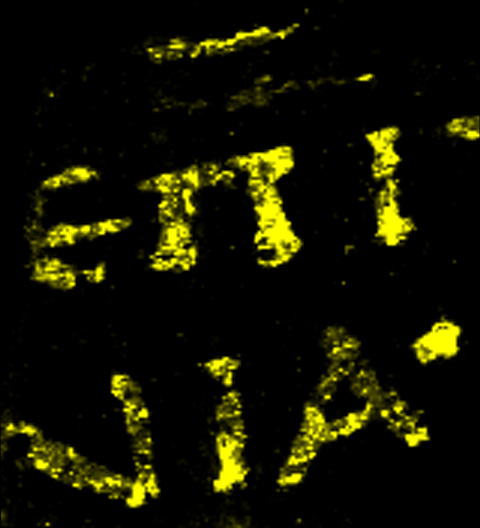
GRENOBLE, FRANCE—An international team of scientists has detected metal, including a large amount of lead, in the ink on two papyrus scrolls recovered from Herculaneum in the eighteenth century. It had been thought that Greeks and Romans used the carbon-based ink described by Pliny the Elder until metallic inks came into use in the fourth century A.D. The team examined the documents, which were badly damaged by the eruption of Mount Vesuvius in A.D. 79, with several non-invasive synchrotron X-ray techniques at the European Synchrotron (ESRF). “This discovery is a new step in the exciting adventure of studying the papyrus of Herculaneum. The different phases of the present study on the ink will allow us to optimize the next experiments on the reading of the invisible text within papyri,” Emmanuel Brun of ESRF-INSERM said in a press release. For more, go to "The Charred Scrolls of Herculaneum."


